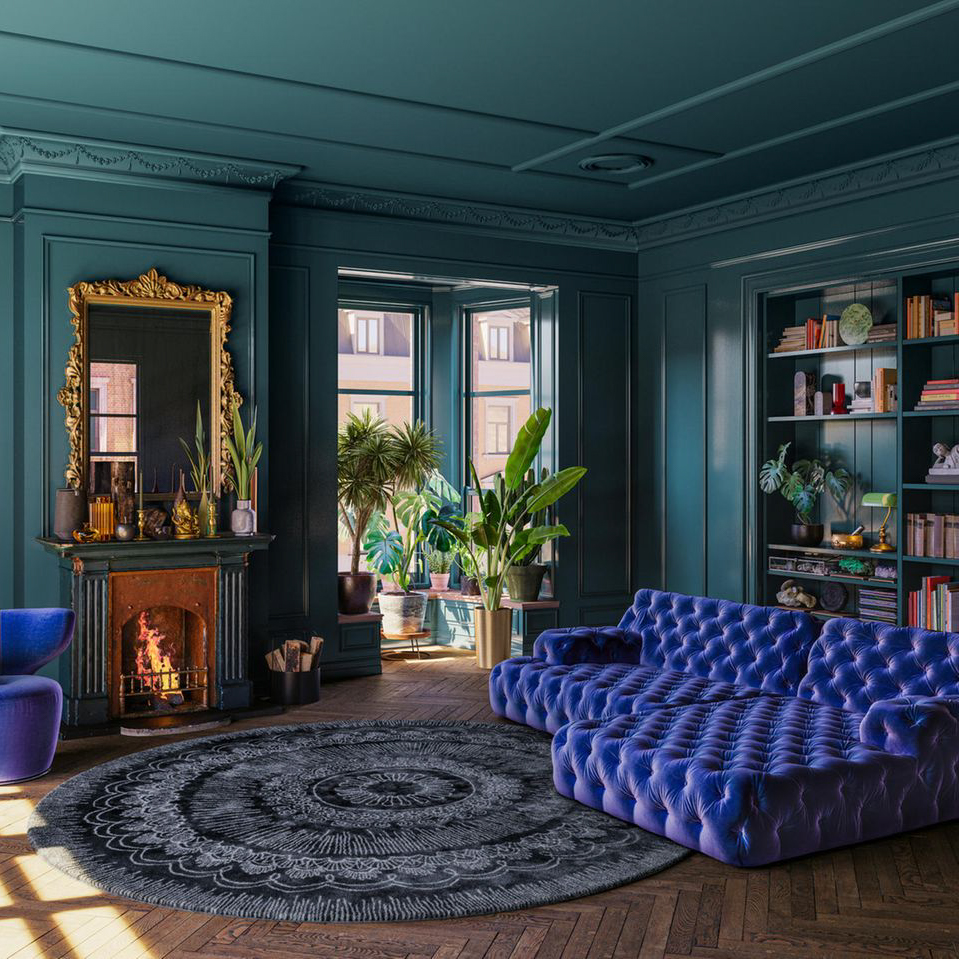Introduction: Discovering Flos Parentesis
Flos Parentesis is an iconic lighting fixture created by designers Achille Castiglioni and Pio Manzù for Flos, a leading Italian lighting company. It was first unveiled in 1971 and has since become a cult classic, beloved by designers and architects for its unique design and functionality. In this article, we will take a closer look at Flos Parentesis, exploring its features, history, and design principles.
The History of Flos Parentesis
The designers Achille Castiglioni and Pio Manzù conceived the idea of Flos Parentesis in the early 1970s. The fixture was initially designed for the office of the studio of Castiglioni himself, but its sharp lines, innovative suspension mechanism, and minimalist design quickly drew attention from other designers and architects.
Castiglioni and Manzù focused on creating a fixture that would be both functional and aesthetically pleasing. They wanted to create a design that worked in any space, from a bedroom to a living room or office.
The name “Parentesis” comes from the design’s resemblance to a parenthesis. The fixture features a curved metal rod that suspends a conical-shaped shade, which can be adjusted along the rod to provide direct or indirect lighting.
Over the years, the design has been updated with new materials and finishes, but the basic design remains the same, a testimony to its timeless appeal.
The Features of Flos Parentesis
Flos Parentesis is a simple yet elegant lighting fixture that combines form and function seamlessly. Some of its key features include:
- An adjustable conical-shaped shade that can be moved up and down the metal rod.
- A steel cable that suspends the rod from the ceiling, allowing the fixture to be raised or lowered as needed.
- A lightweight but sturdy design, which makes it easy to use in any space.
- A variety of finishes, including white, black, and anodized aluminum, that let designers choose the best option for their space.
- A relatively low price point, which makes it accessible to a wide range of customers.
The Design Principles Behind Flos Parentesis
At the heart of Flos Parentesis lies a commitment to simplicity, functionality, and innovation.
Castiglioni and Manzù believed that design should be useful, and that lighting fixtures should serve a practical purpose in addition to making a room look good. They wanted to create a fixture that would be versatile enough to be used in a variety of settings and adaptable to a range of needs.
They achieved this by focusing on the suspension mechanism, which allowed the shade to be moved up or down along the rod. This feature gives users maximum control over the direction of the light and the amount of light that is emitted, making it a highly versatile option for any space. Additionally, the design of the Parentesis is lightweight, yet incredibly sturdy, which allows for easy maneuverability and installation.
The Role of Flos Parentesis in Contemporary Design
Since its debut in the early 1970s, Flos Parentesis has become an icon of contemporary design. Its sleek, minimalist design has inspired countless imitations, and its functionality and versatility continue to attract designers and architects around the world.
Today, Flos Parentesis can be found in homes, offices, and public spaces around the globe, from New York to Tokyo, and remains a go-to choice for those seeking a practical, stylish lighting solution. As fashions and trends come and go, the simple functionality and stylish design of Flos Parentesis remain as relevant and in-demand as ever.
Flos Parentesis is a truly remarkable lighting fixture that has stood the test of time. Its innovative design, simplicity and functionality have made it a favorite of architects, designers, and lighting professionals alike. Whether you’re looking for a stylish addition to your home or a practical lighting solution for your office or public space, Flos Parentesis is an unbeatable choice.



